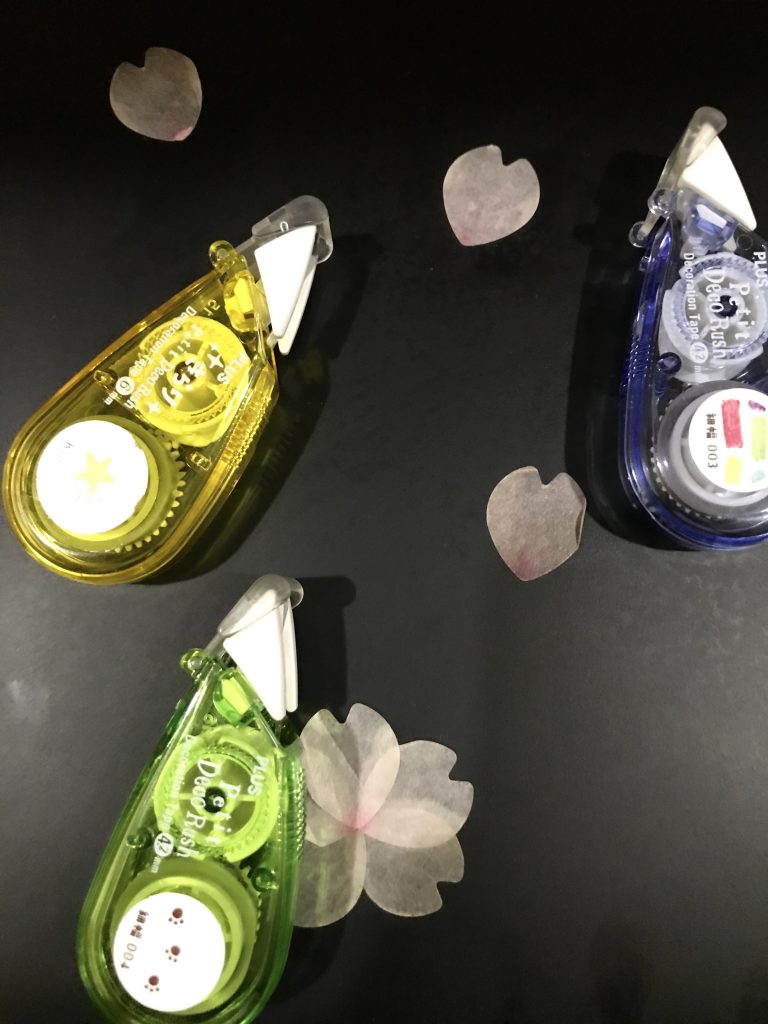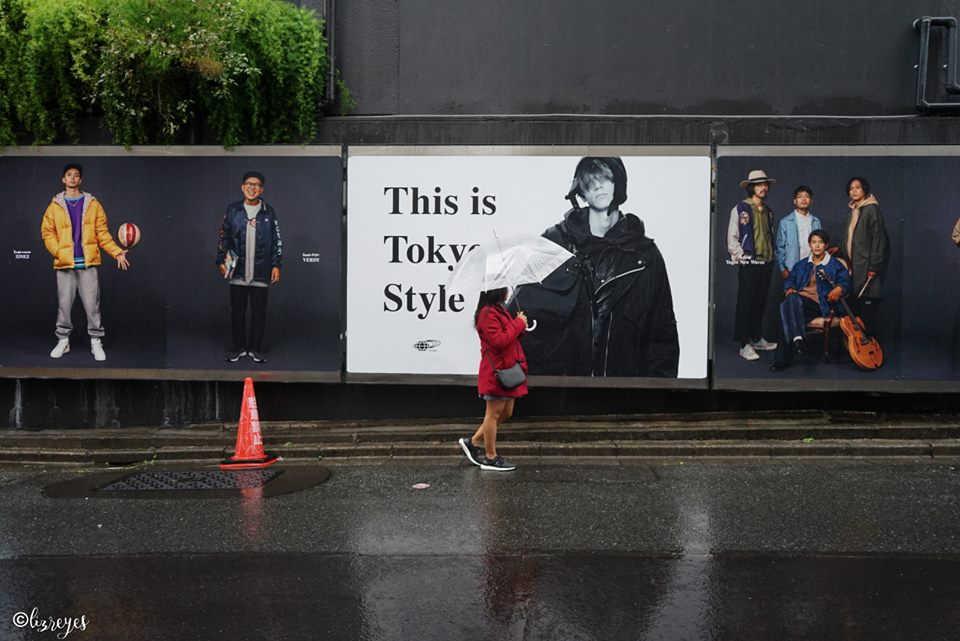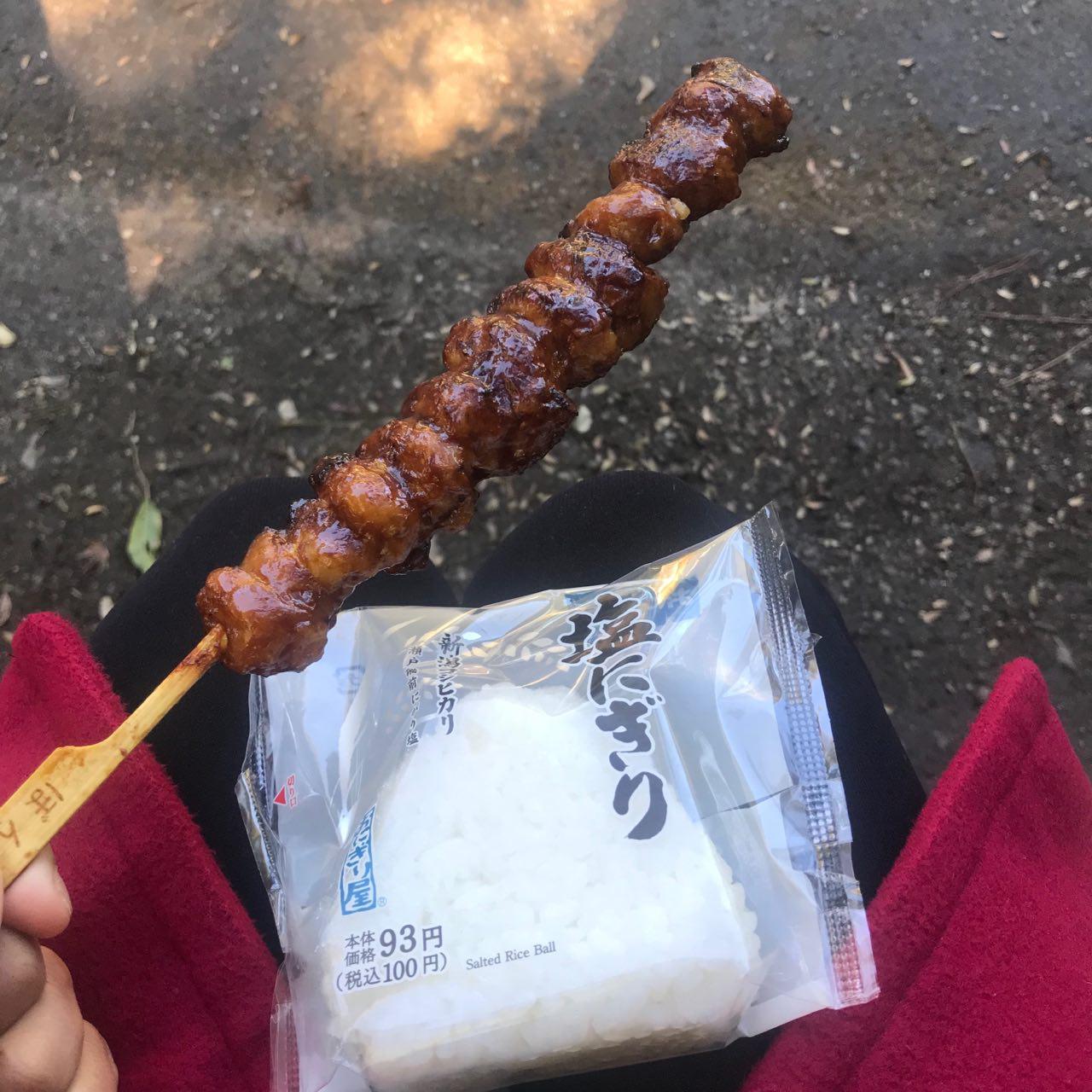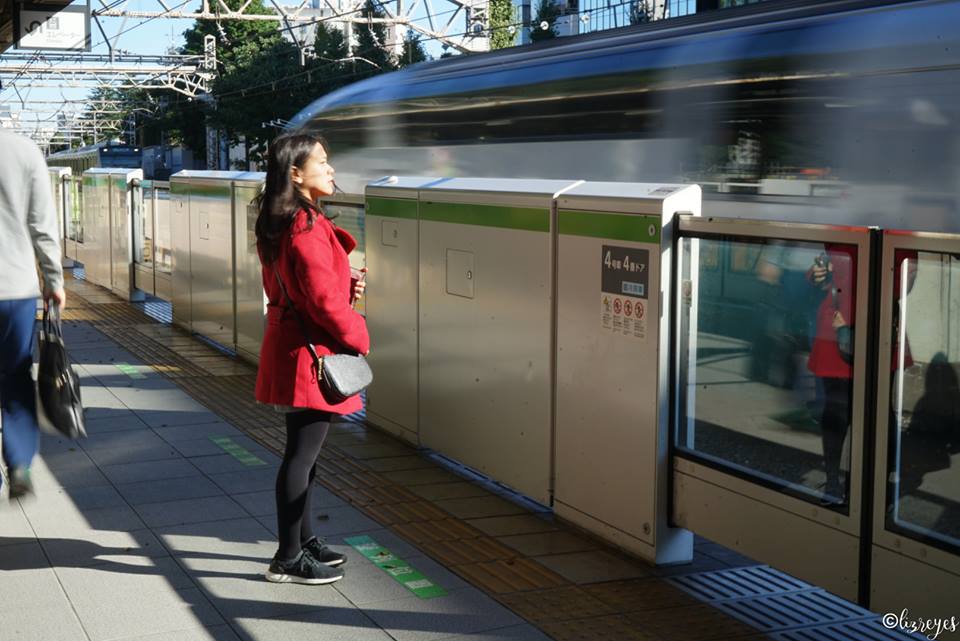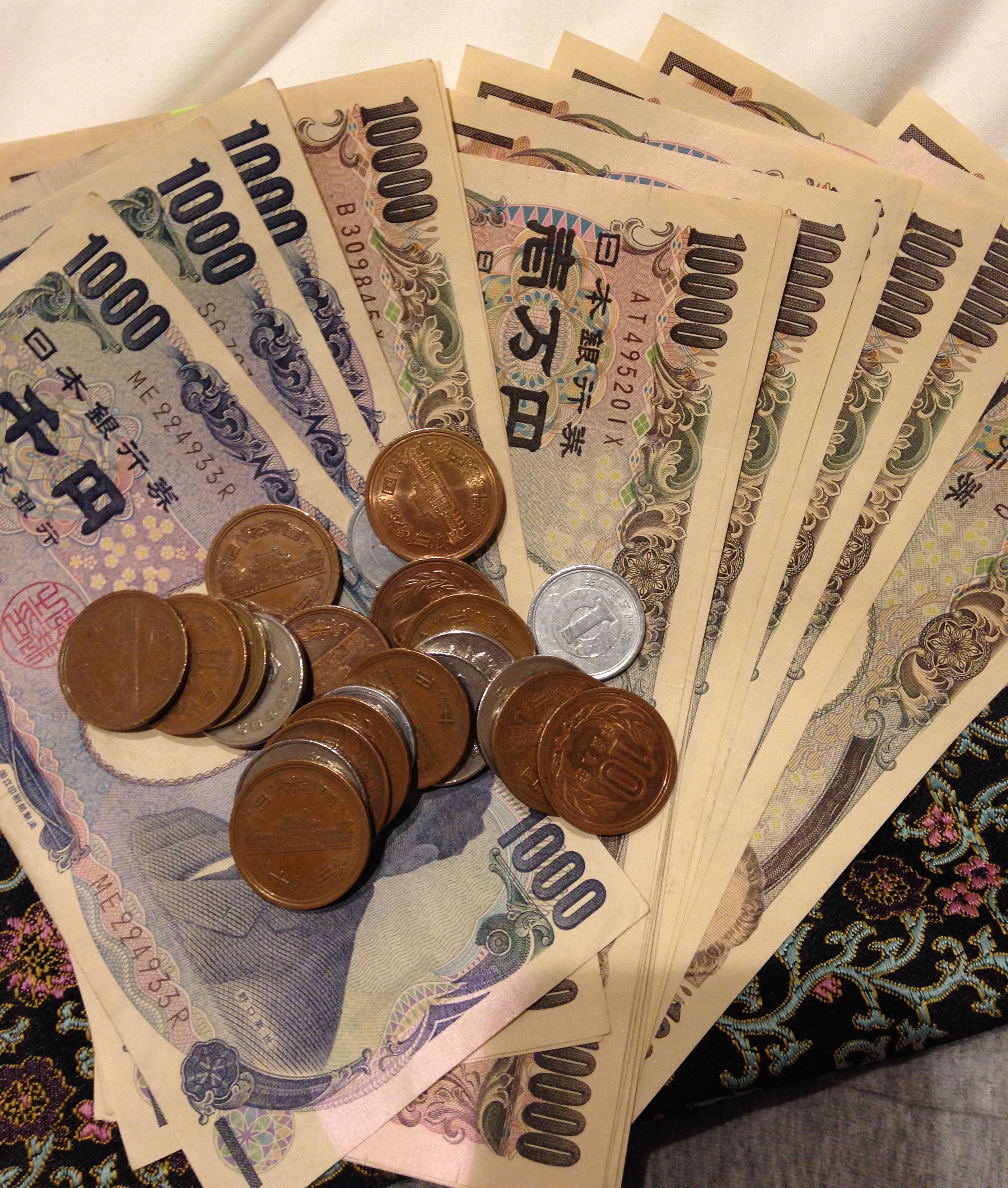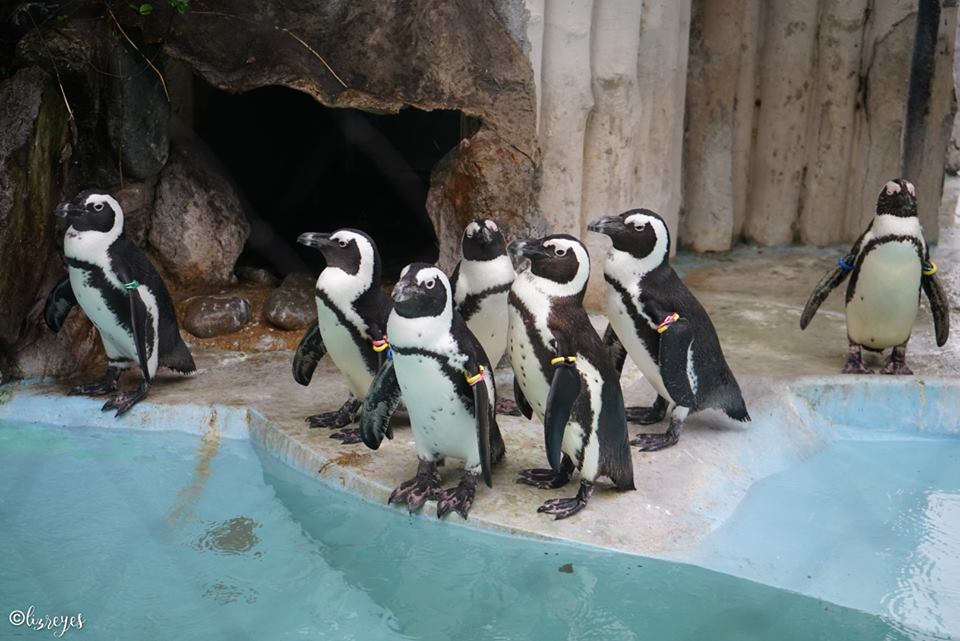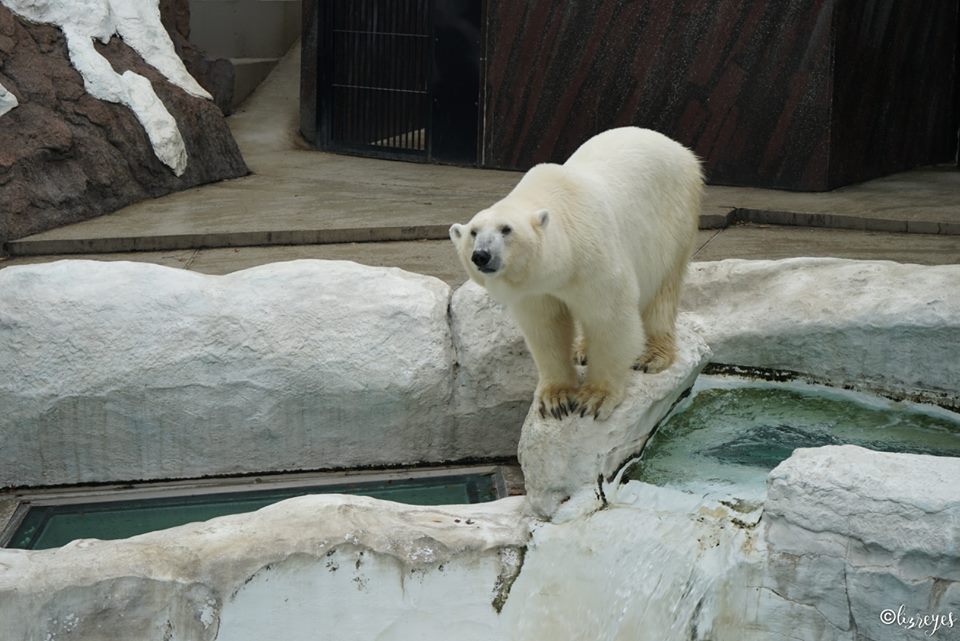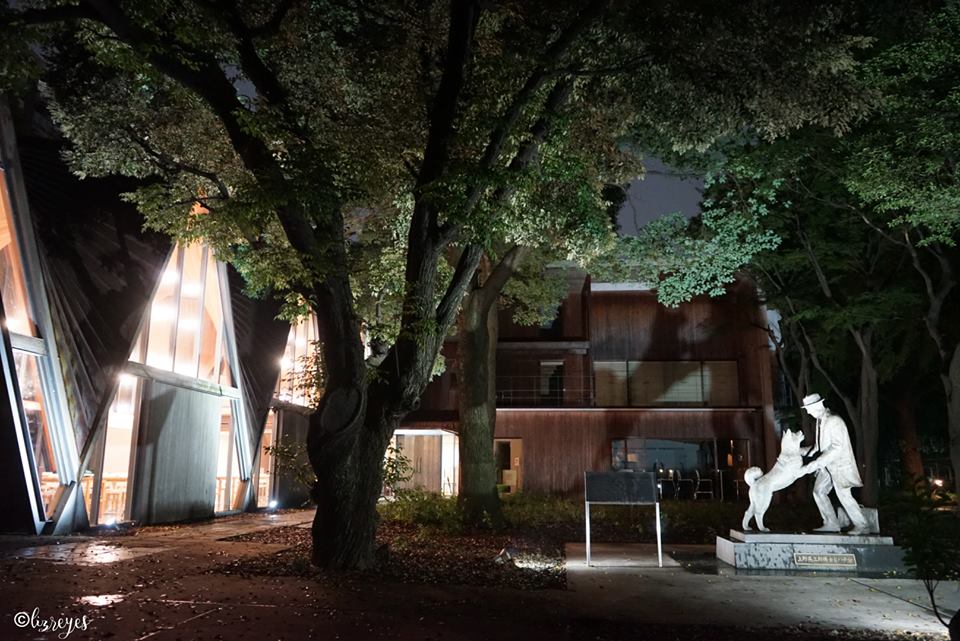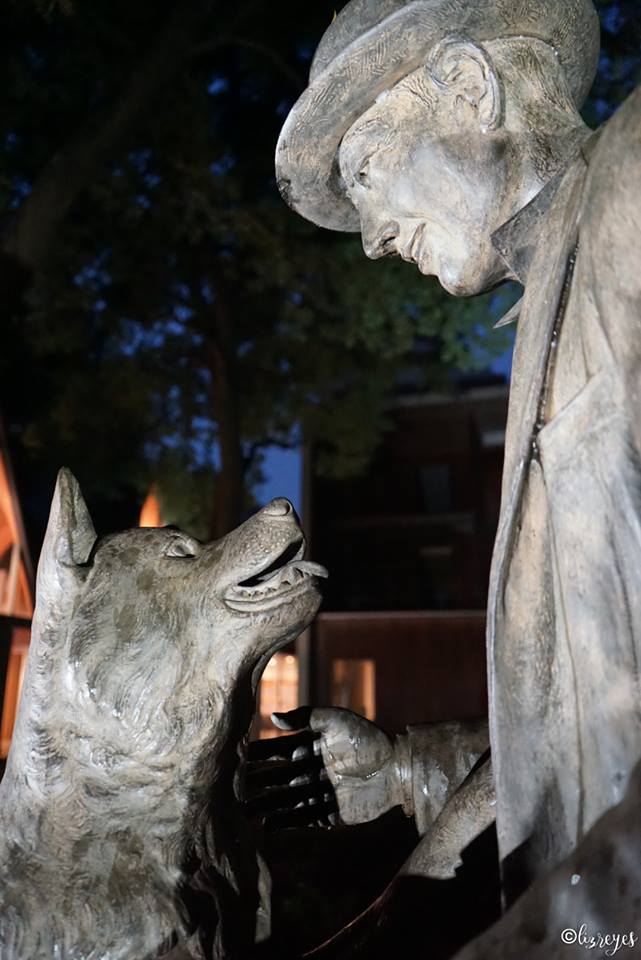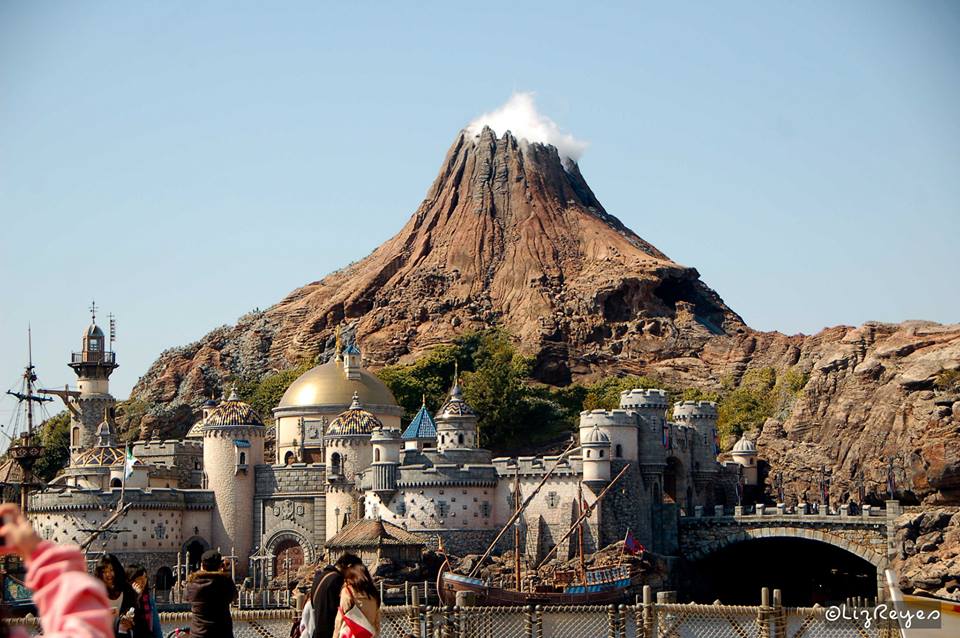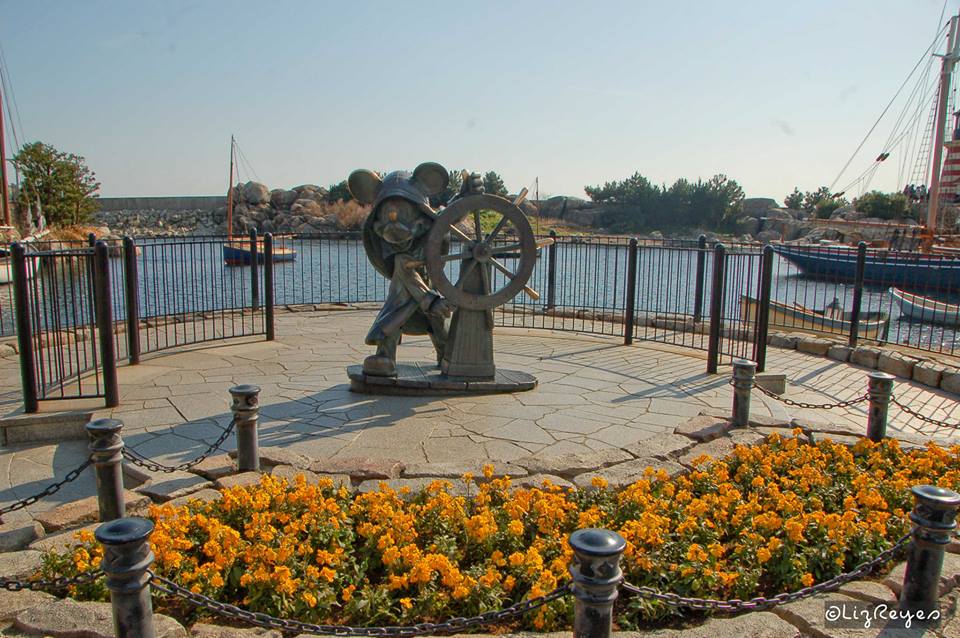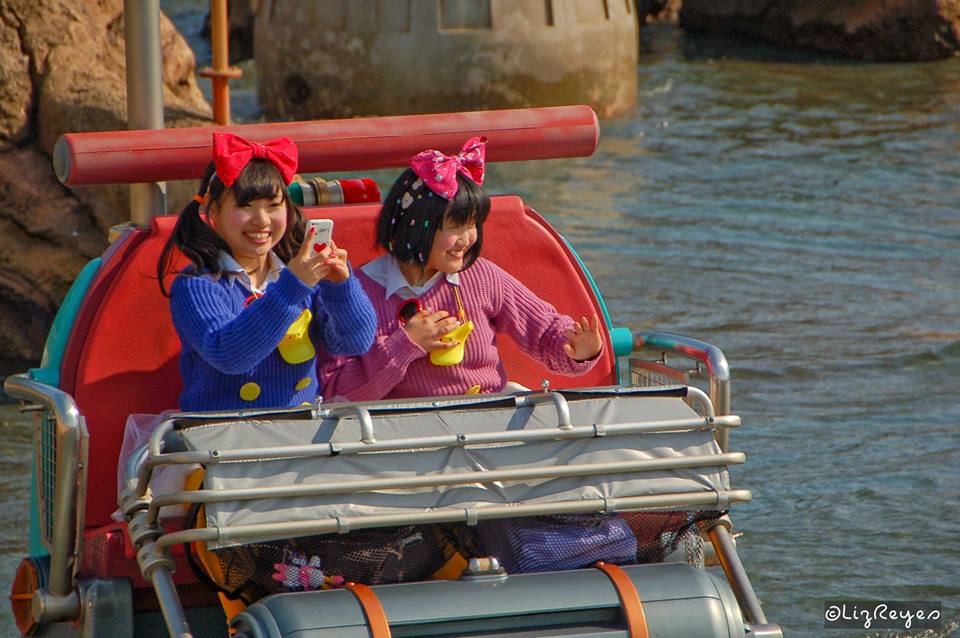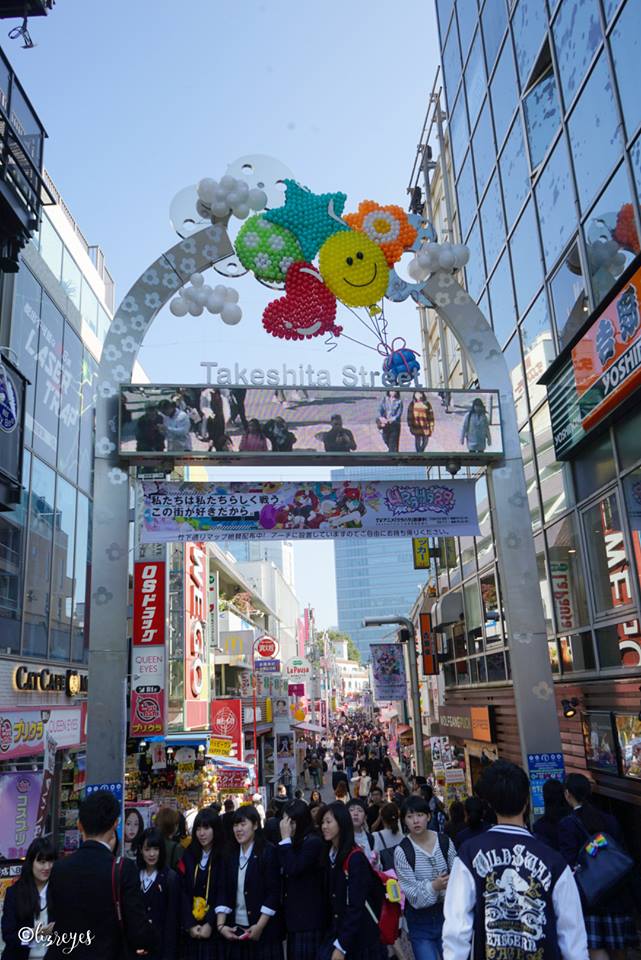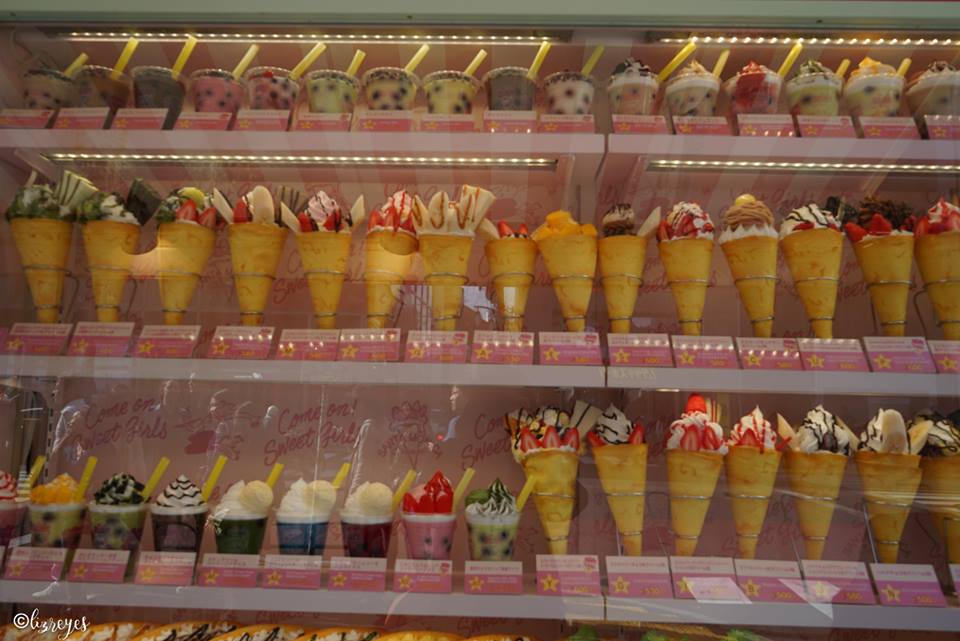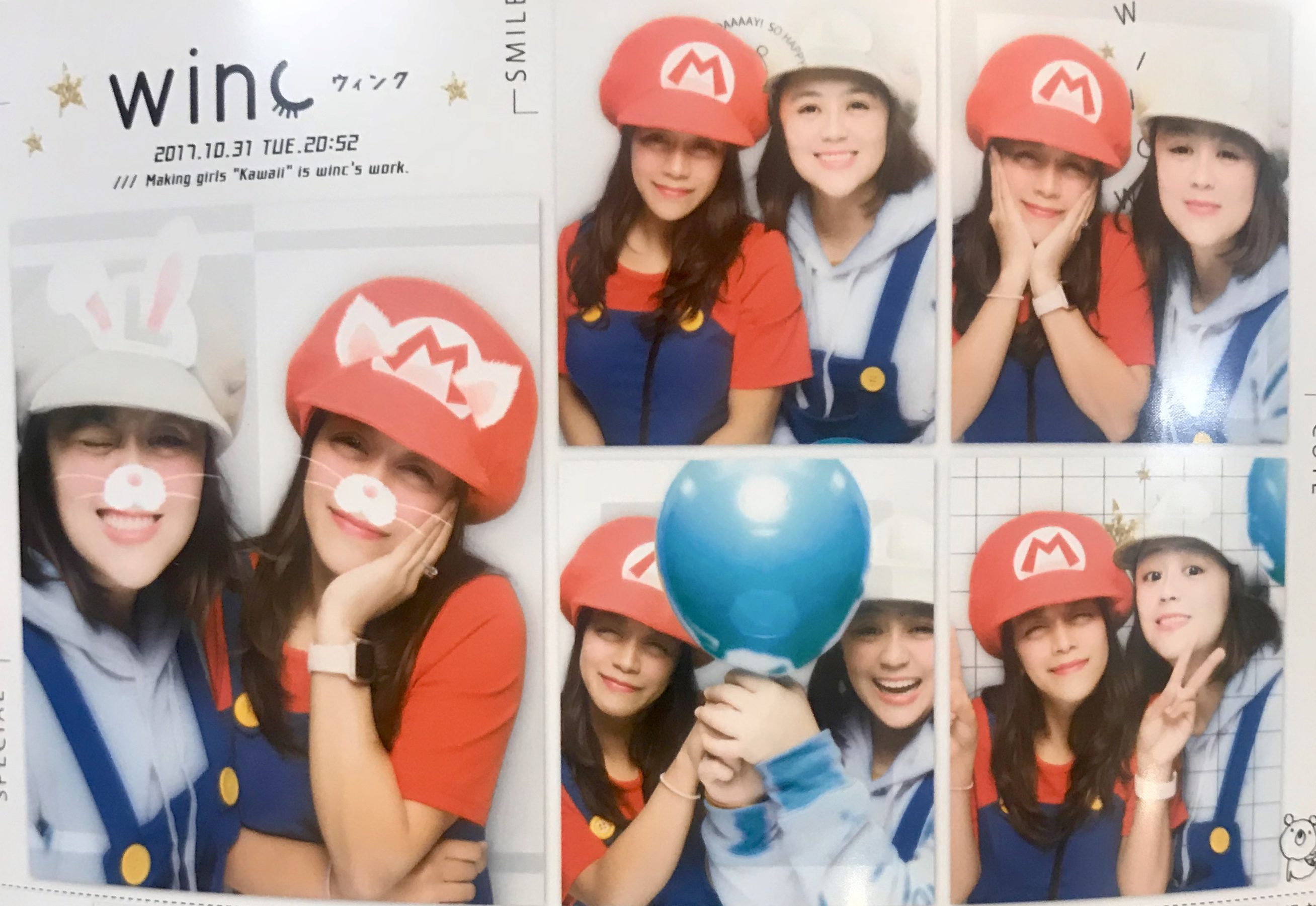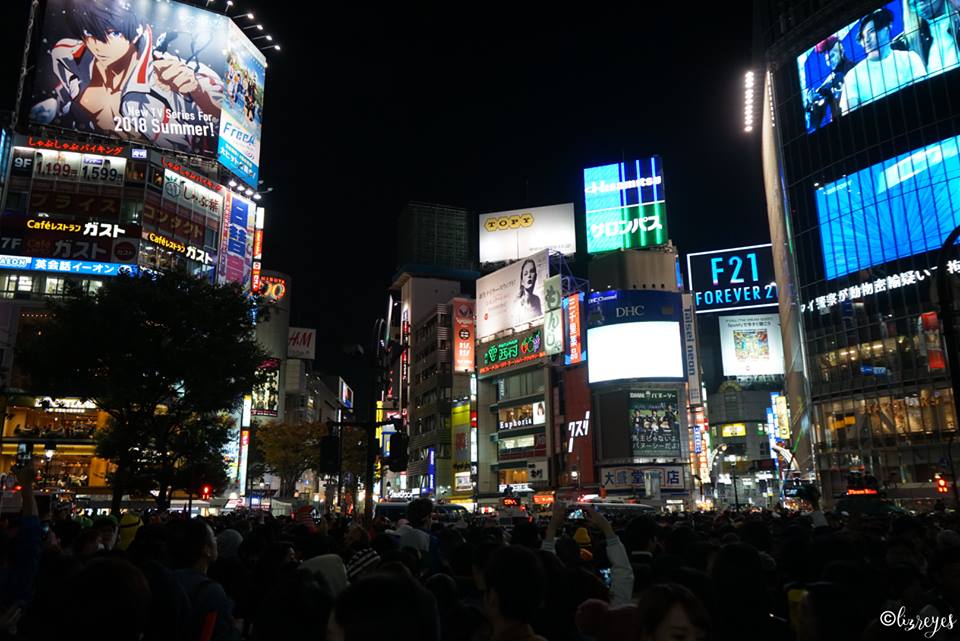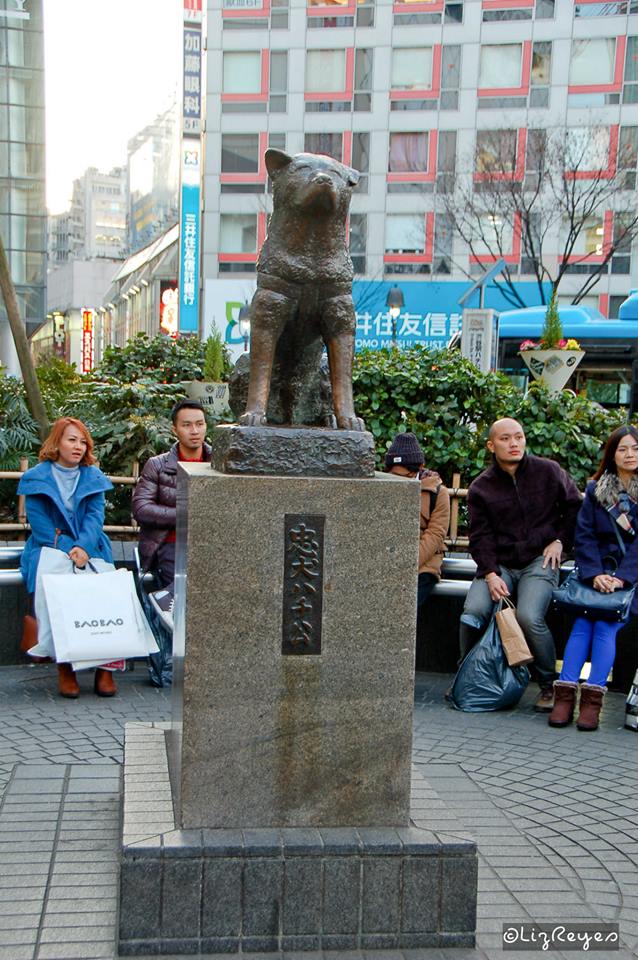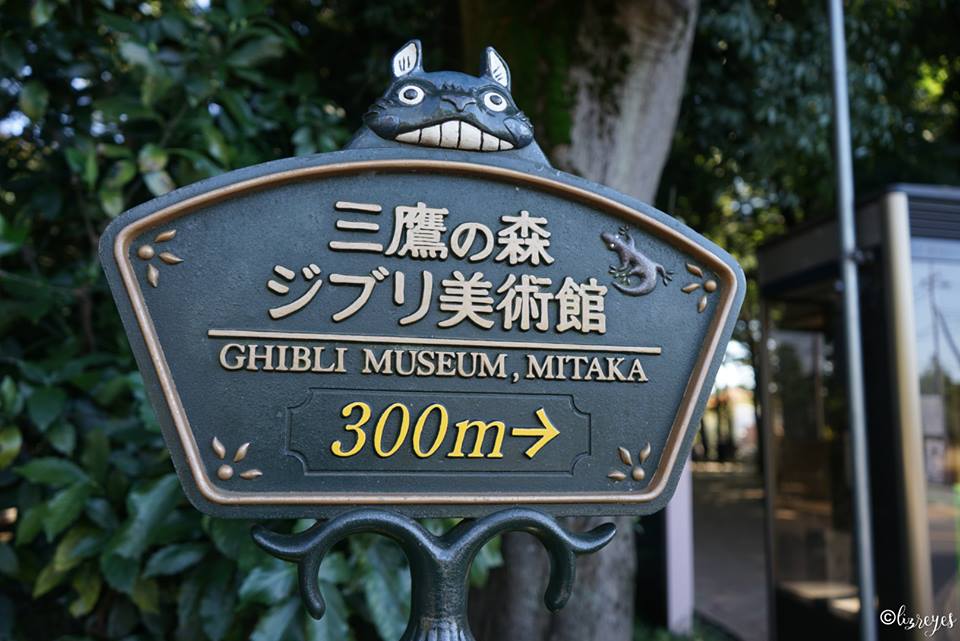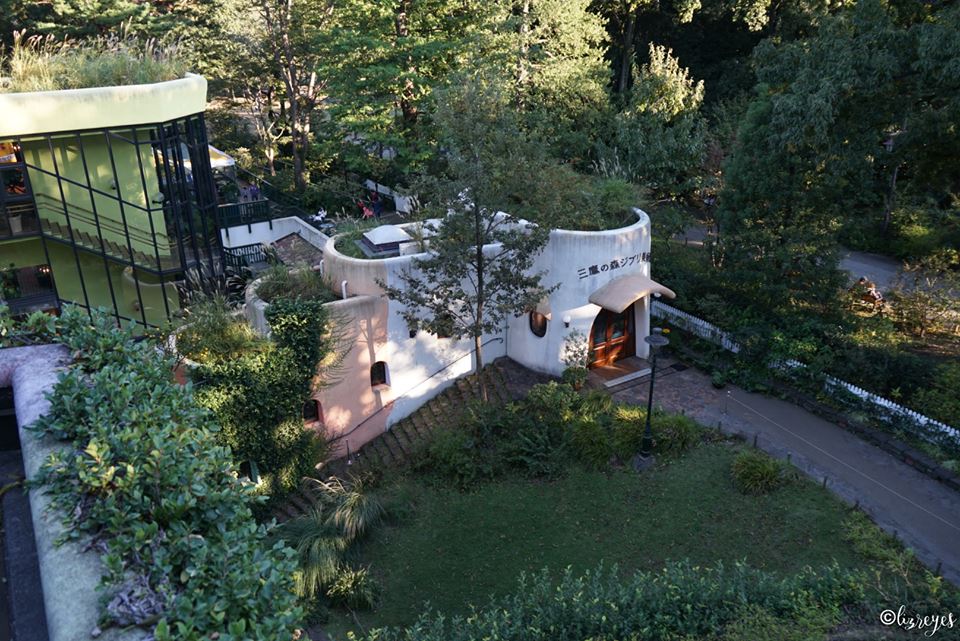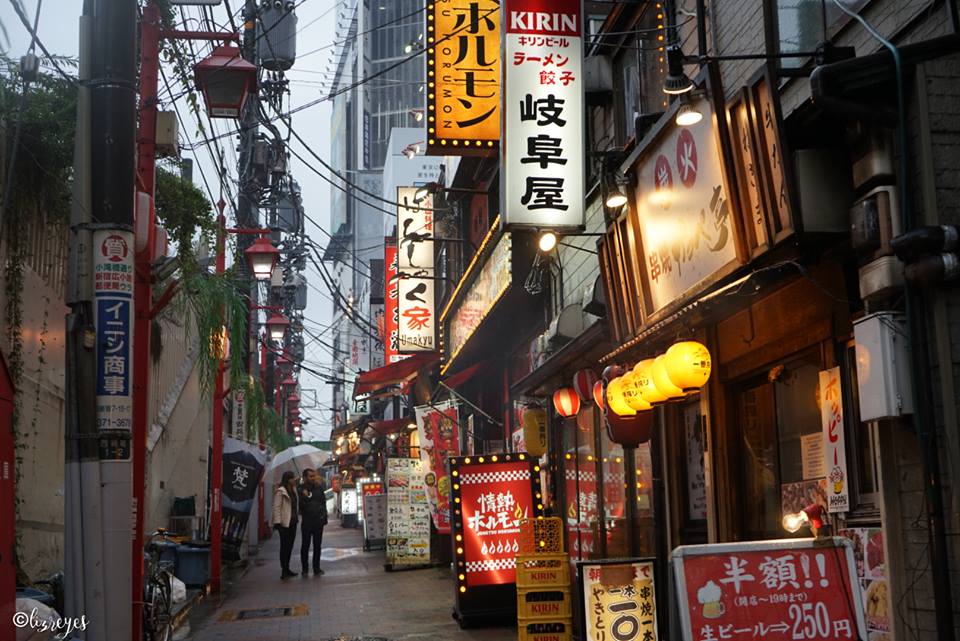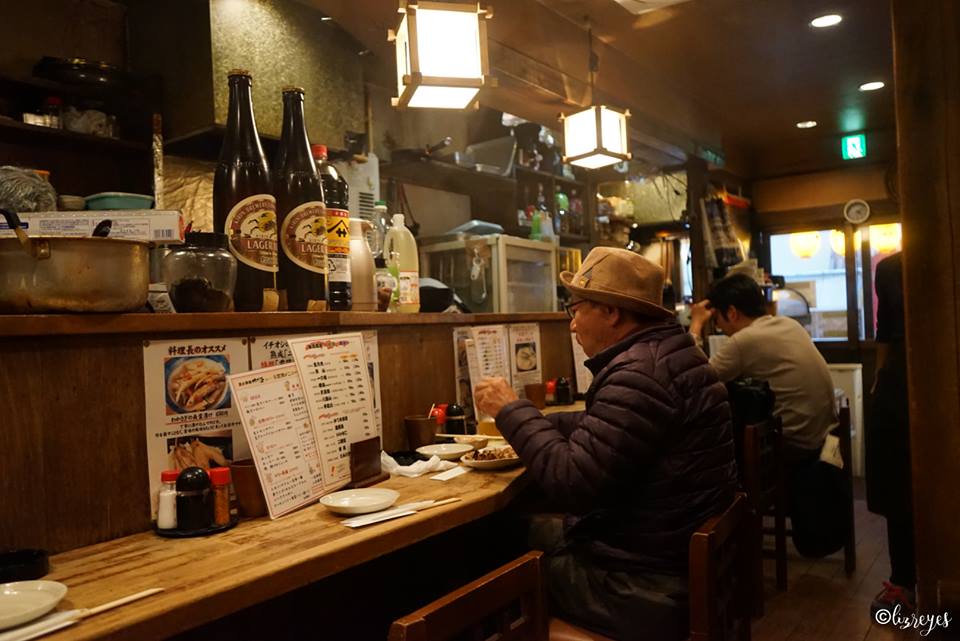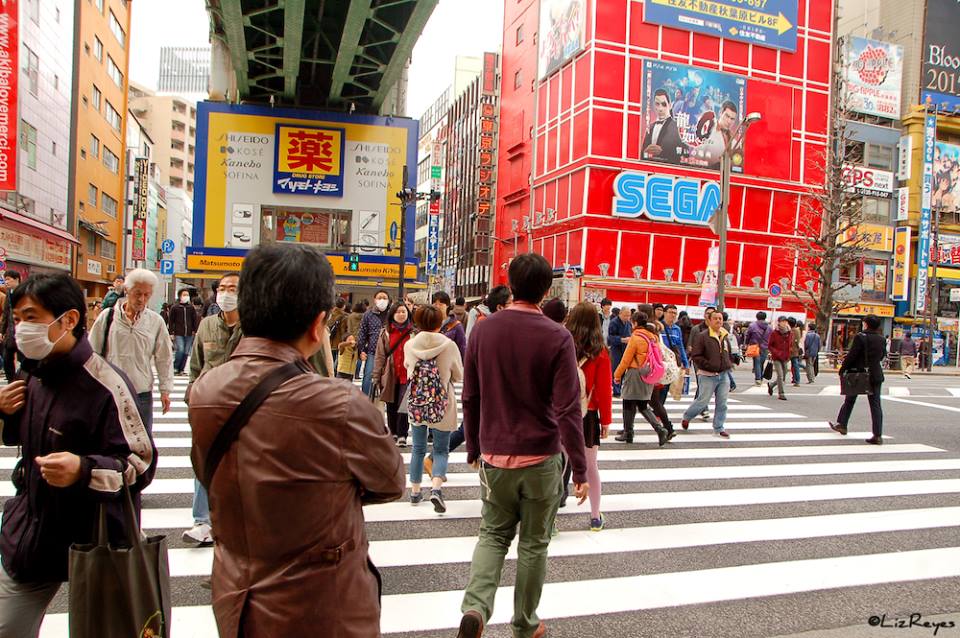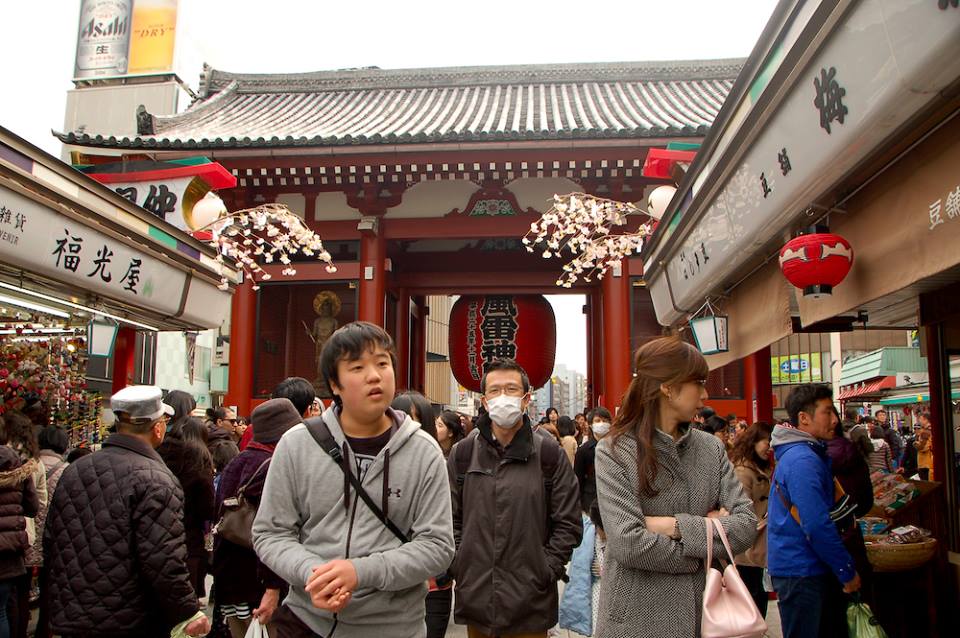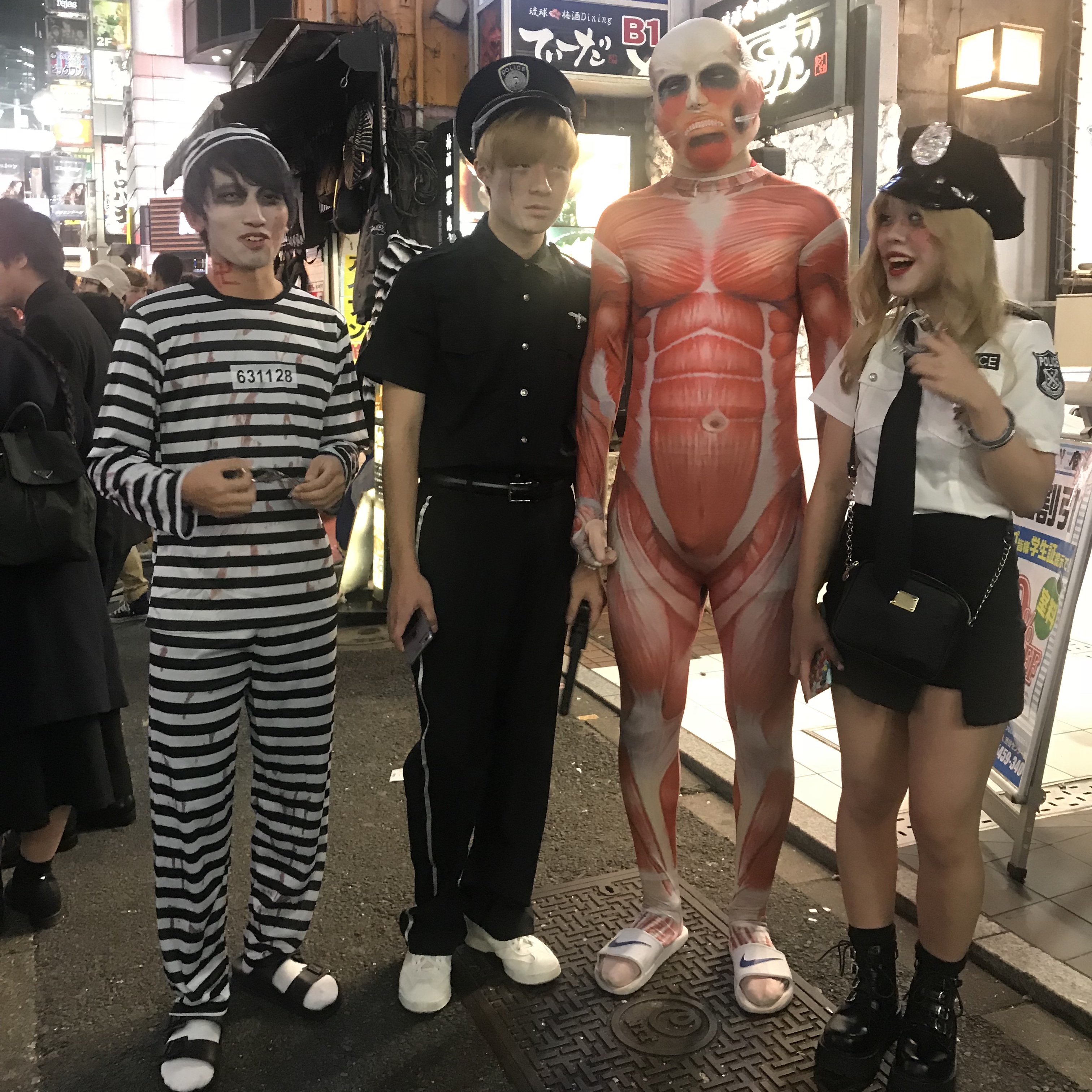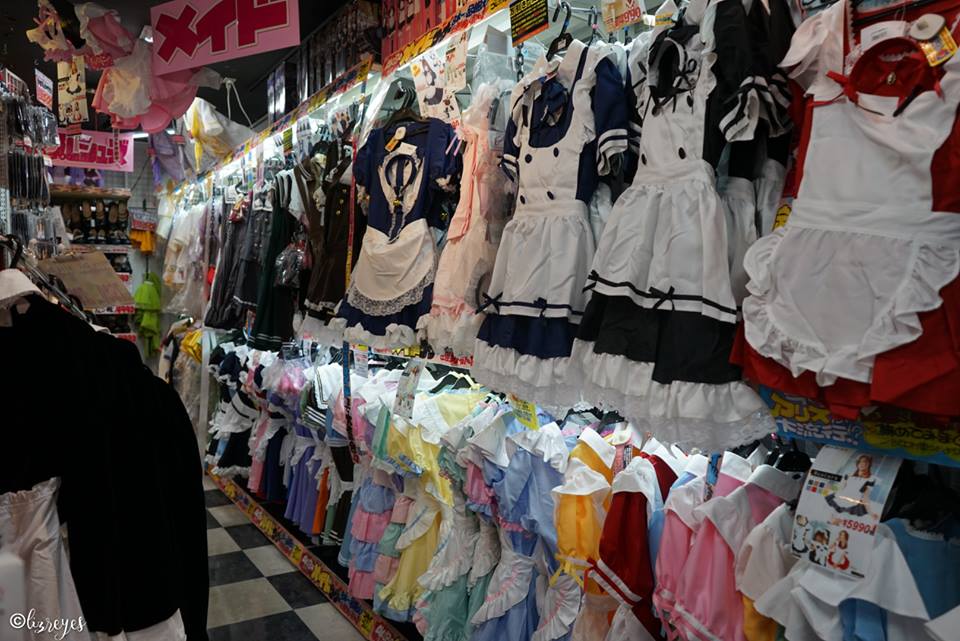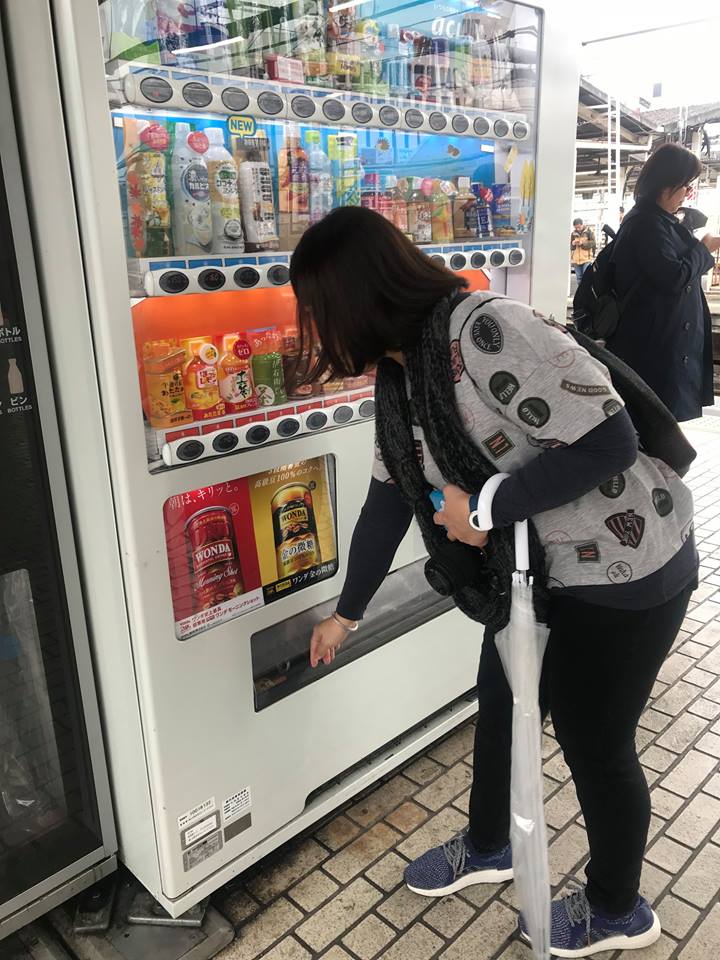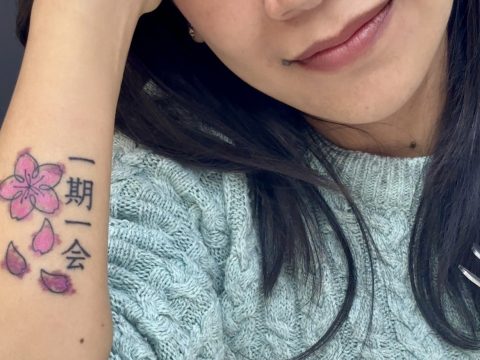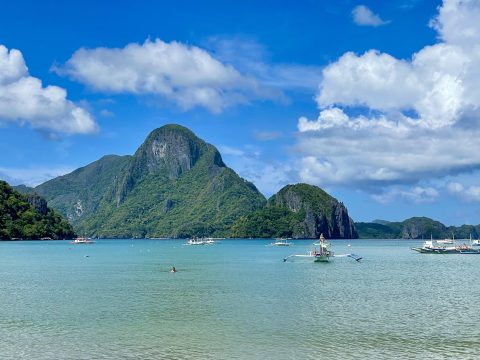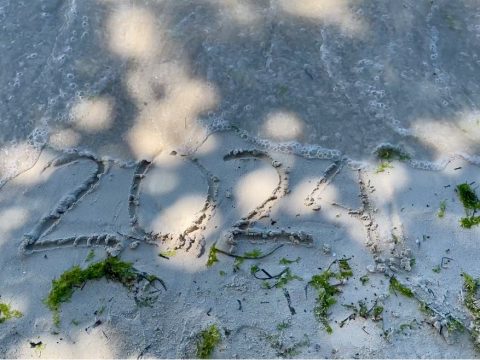Japan, or also known as the Land of the Rising Sun, tops in almost everybody’s list of places to see. And why wouldn’t it be? The people are nice, their foods are delicious, almost all their things are cute, they have lots of beautiful places to see, their train system is the best, and did I mention that the Japanese are extra nice? And Tokyo, among others, is home to lots of kawaii so don’t ever miss the chance to visit this lively city.
If you are planning to visit Japan soon to fulfill your Japanese dream, then this travel guide is for you. This itinerary will be divided into three parts since we have visited different prefectures in Japan. This series will cover Tokyo, Osaka, Kyoto and Nikko respectively.
Let’s start with Tokyo, Japan’s capital and the City of Lights
P.S. You may want also want to READ my article “What You Need to Know Before Traveling to Japan” because most of the basic information was written there.
GETTING TO TOKYO
By Air: Philippine Airlines, Cebu Pacific and Air Asia fly to Japan. Travel time is approximately 5 hours. There’s a time difference between Japan and Philippines, Japan being one hour ahead.
Website: www.philippineairlines.com
Website: www.cebupacificair.com
Website: www.airasia.com
SOME FRIENDLY AND IMPORTANT REMINDERS
This is an international travel so it is only necessary for you to have a valid passport. You can secure one from the Department of Foreign Affairs. If you already have a passport, make sure it is still valid for 6 months from the time of travel. Meaning, if your passport will expire on April 21, 2020, then it is still safe to travel and return back before October 21, 2019. Any date beyond October 21, you’ll no longer be allowed to leave the country. If in doubt, you can always call Japanese embassy in Manila, or Pilipinas Teleserve (24-hour Passport Assistance) 737-1000.
Note: This 6 months validity period only applies in certain countries, including Japan. If you plan to go to other countries, specifically in European countries, check with their respective embassies here in Manila.
– Filipino citizens are allowed to stay in Japan up to 15 days unless you are granted a multiple visa. Fore more information about Japan Visa application in the Philippines, you can read my other article HERE.
– Always bring with you 2 valid IDs in case the immigration asks for it.
– Always bring your passport wherever you go. That’s always an SOP when traveling to other countries.
– These Japanese phrases might come in handy; Arigatou is Thank you. Arigatou Gozaimasu is the more polite way of saying Thank You, Doumo Arigatou Gozaimasu is Thank you very much, Sumimasen is Sorry or Excuse me.
THINGS YOU NEED TO KNOW ABOUT TOKYO
Accommodation: Accommodation in Japan, especially in Tokyo, is NOT cheap. Expect small but clean rooms and B&Bs. If you are on a tight budget, go for pods, or Airbnb if you are traveling with your friends or family. Average hostel in Japan costs more or less Php3, 000+ per night.
As for the best area to stay, this is highly dependent on the type of activities you wish to do. But the best advice that I can give is to stay in a place where there’s a near JR Station. By near, I mean your hotel should just be walking distance (maximum of 2 minute-walk) from the nearest station.
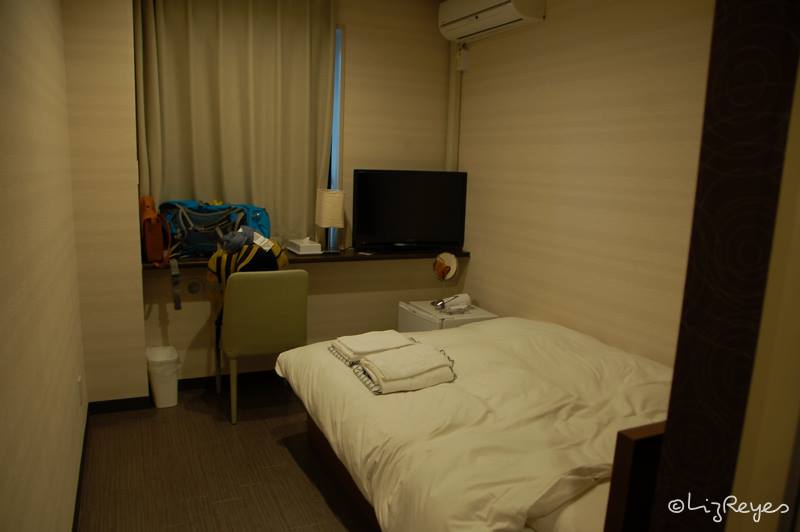
HOTELS
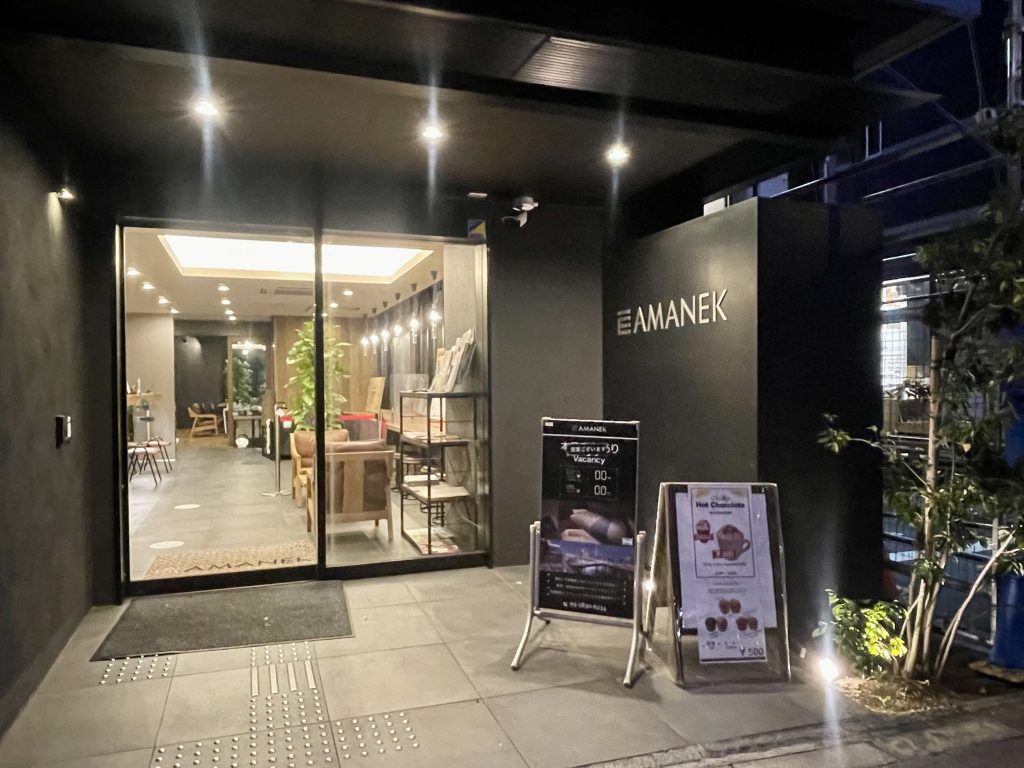
HOSTELS/INNS
Oak Hostel Zen – Stayed here during our first trip to Japan. Ueno Station is just 2-3 minute-walk and my favorite, small, restaurant was also just few steps away from the hostel. LOVE the resto’s KATSUDON!
Cozy Studio in the Heart of Harajuku (By Curtis) – We stayed in this AirBnb place when we decided to spend our Halloween in Tokyo. It was in Harajuku, few steps away from Takeshita Dori and Shibuya was even walking distance if you feel like walking for 8-10 minutes. Curtis was also a very nice. gracious and accommodating host. Stayed
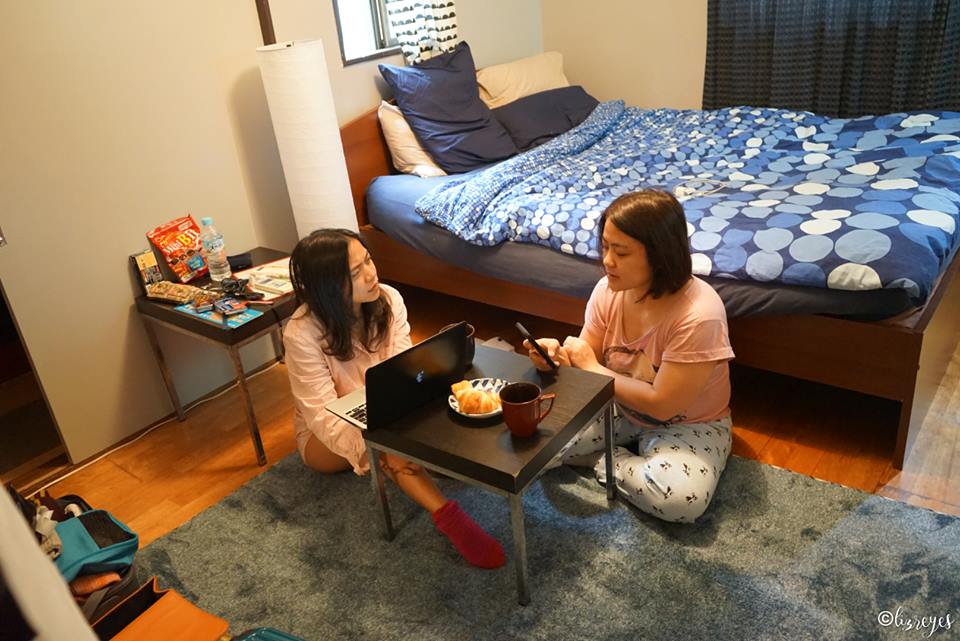
Meal: Food in Japan is not really affordable neither expensive. I’d say their food’s price compensate for its taste. One Katsudon costs more or less Php250, which is almost the same in Manila. If you’re on a tight budget, grabbing a bento or onigiri from Family Mart or Lawson would do. Almost all the food in Japan is yummy so there’s plenty to choose from depending on your budget. Vendo machines are also everywhere and they are pretty addicting.
Transportation: Aside from accommodation, transportation is very expensive in Japan, so do what the locals do, take the train. Their railway system may be pretty overwhelming at first but you’ll soon get the hang of it after a few days or even hours of riding and transferring from one station to another. If you plan to visit other prefectures aside from Tokyo, buy a JR Pass to get unlimited rides (depending on the type of pass you’ll get) in their famous bullet train. Read more about JR PASS HERE.
Touring: No need to hire a tour guide when in Tokyo. Explore the city by foot and train. It’s understandable that you want to cover as many areas as you can in a day but don’t force yourself, lest you won’t enjoy Japan’s beauty anymore.
THINGS YOU NEED TO HAVE
Comfy footwear. You will do lots and lots of walking and standing so make sure your shoes can last you from morning till evening. Whenever I’m in Japan, my average steps is 8,000-20,000.
Camera or Smartphone with a nice camera. Tokyo is a very beautiful place, let alone the famous Shibuya crossing during busy hours, especially when you visit Tokyo during their Hanami festival.
Money. Bring enough cash with you. Some establishments don’t accept credit cards.
Medicine. There are many pharmacies in Tokyo but better to bring your own especially when you’re going during winter or spring. Hay Fever is very common in Japan during spring season so better be safe than sorry.
BUDGET: Tokyo is considered to be one of the most expensive cities in the world. However, in my own opinion, their transportation and some accommodation are the only ones that are expensive, the rest, like their food, clothes and trinkets, are quite reasonable. That being said, a budget of Php60-70,000, 000 per person is already a reasonable budget for 7-day trip to Tokyo. This includes everything (even shopping) except for the plane ticket and JR Pass. Before going to Japan, buy Yen already in your country of origin. When in the Philippines, choose Czarina, their head office is at Stock Exchange Center in Ayala, Makati.
TOKYO DAILY ITINERARY
DAY 1
1st stop: Ueno Park. Ueno Park is a pretty popular park especially during spring. Lots of Sakura trees are lined up which makes the place a perfect spot for picture taking and well, experience the gloriousness of the falling Cherry blossom petals.
Entrance Fee: NA
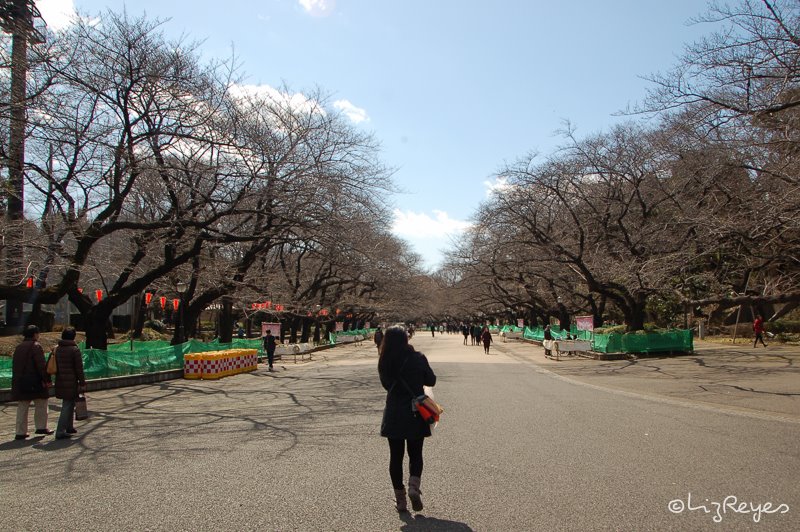
2nd Stop: Ueno Museum of Nature and Science. If you love dogs and Japan, then most probably you have heard the story of Hachiko. The loyal dog’s statue in Shibuya station is very popular among tourists, but did you know that you could actually see the actual Hachiko, in flesh…or fur?
Ueno Museum of Nature and Science houses the stuffed body of the real Hachiko, together with Taro and Jiro, the actual Sakhalin Husky dogs that survived the ill-fated Japanese Polar Expedition in 1958. “Eight Below”, a film based on the said mission was shown in 2006, starring Paul Walker.
Entrance Fee: JPY 620
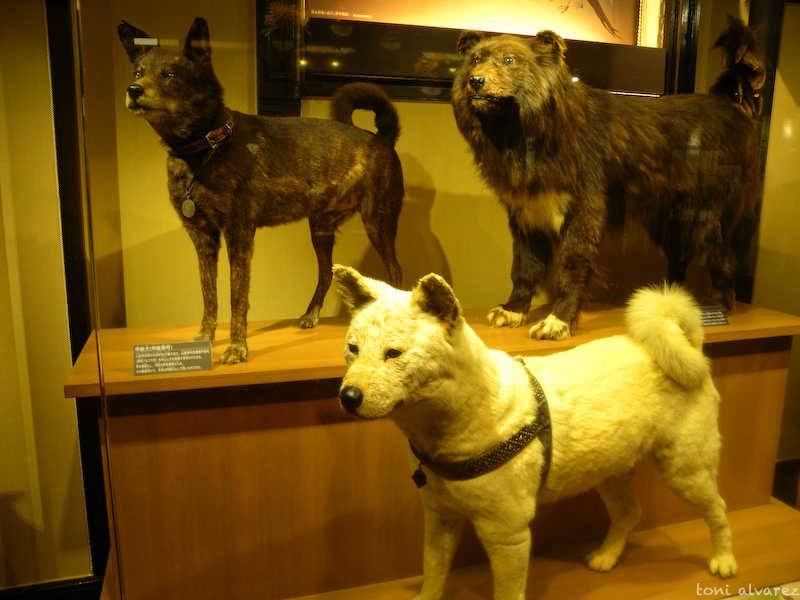
3rd stop: Ueno Zoo. Ueno Zoo is the oldest zoo in Japan and is home to over 3,000 animals. Not only it provides recreation but the zoo also plays a crucial role in wildlife conservation and education to all zoo goers.
The zoo is located inside Ueno Park and it’s so big (14.3 hectares) that they provide monorail for those whose feet cannot keep up anymore due to too much walking.
Entrance Fee: JPY 600
4th stop (optional): Hachiko’s statue in the University of Tokyo. If you can’t get enough of Hachiko, the newest Hachiko statue in Tokyo University is a must see. If the statue in Shibuya station depicts a lonely dog, patiently waiting for his master’s return, then this one shows Professor Hidesaburo Ueno and Hachiko during their happier times together. In my opinion, the “reunited Hachiko and Professor Ueno” statue looks more dramatic in the evening because of the spotlight and trees surrounding it, but of course, it still looks great in the morning. Nearest train station to reach the University of Tokyo, Department of Agriculture, where the statue is, is through Todaimei Station in Naboku Line.
Entrance Fee: NA
DAY 2
Tokyo Disneyland or Disney Sea. I thought really hard if I should go for Disneyland or Disney Sea but figured I can go to Disneyland Hongkong or wherever, but there’s no Disney Sea anywhere except for Japan, thus we went for Disney Sea. In my opinion, I think Disney Sea is the more mature version of Disneyland. That’s just me though.
If Disneyland has the famous Cinderella Castle, Disney Sea has Mount Prometheus to greet visitors upon entry. As the name implies, Disney Sea has lots of water attractions like the Mysterious Island, Splash Mountain, Indiana Jones Adventure, 20,000 Leagues Under the Sea, Journey to the Center of the Earth and Mermaid Lagoon among others. They devoted a BIG space for Little Mermaid! Isn’t that enticing enough for all Ariel fans out there?
Entrance Fee: JPY 7, 400 (adult), JPY 6,400 (Junior), JPY4,800 (Child)
DAY 3
1st stop: Meiji Jingu Shrine. Meiji Shrine is a shrine dedicated to the deified spirits of Emperor Meiji (first emperor of modern Japan) and his partner Empress Shoken. The shrine is located near the busy Harajuku station but entering the spacious shrine ground will automatically transport you into what seems a different world away from the frenzied and youthful Takeshita Dori street just across the memorial.
Approximately, there are 100,000 trees that make up Meiji Jingu forest. An entry to the shrine is marked by a massive torri gate, the world’s largest wooden torri, with a height of 12 meters and a width of 17.1. It was also believed that this large gate symbolizes the borderline between the human world and the land of the Gods.
Best time to visit the sacred space is during morning because the shrine grounds offer great walking paths that are perfect for relaxing stroll, especially when there are still few people visiting the consecrated forest.
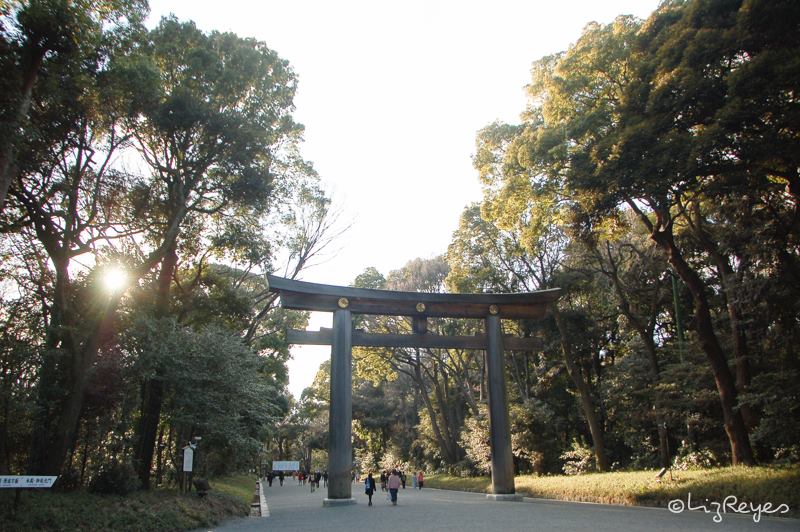
2nd stop: Takeshita Dori Street/Harajuku. After burning calories and being rejuvenated from visiting the Meiji Jingu Shrine, go to the opposite side of the road to gain renewed energy just by checking out all the small, independent stores selling cute clothings and trinkets. You can also treat yourself to Japanese Crepes and rainbow cotton candies, or capture your happy moments via Purikura, if you are a 90’s kid, we call it Neo Print. Opposite the McDonald’s restaurant in Takeshita Dori Street is a signage that will lead you downstairs to lots of Purikura photo booths. It will be more fun if you are in a costume so go ahead and be playful, you’re in Harajuku after all, the Cosplay and fashion capital of the world.
3rd stop: Shibuya. Crossing the Shibuya scramble and posing with the statue of Hachiko are probably included in the “To-do-list” of every tourist who visits Japan. After all, you’ve never really been to Tokyo, Japan if you haven’t visited Shibuya.
Most common and popular spots to take a photo of the famous Shibuya crossing are probably at Mag’s Park, Starbucks Tsutaya, inside Shibuya Station, L’occitane Café, or actually, at the Shibuya Crossing itself. If you have time to spare, willing to go back and forth the crossing, and has a great photographer buddy, then think of a cool and creative shot in the middle of the scramble. Don’t worry, the Japanese won’t mind you posing in the middle of the busy crossing, they’re very used to that. Just don’t overdo it and make a scene that will hassle them.
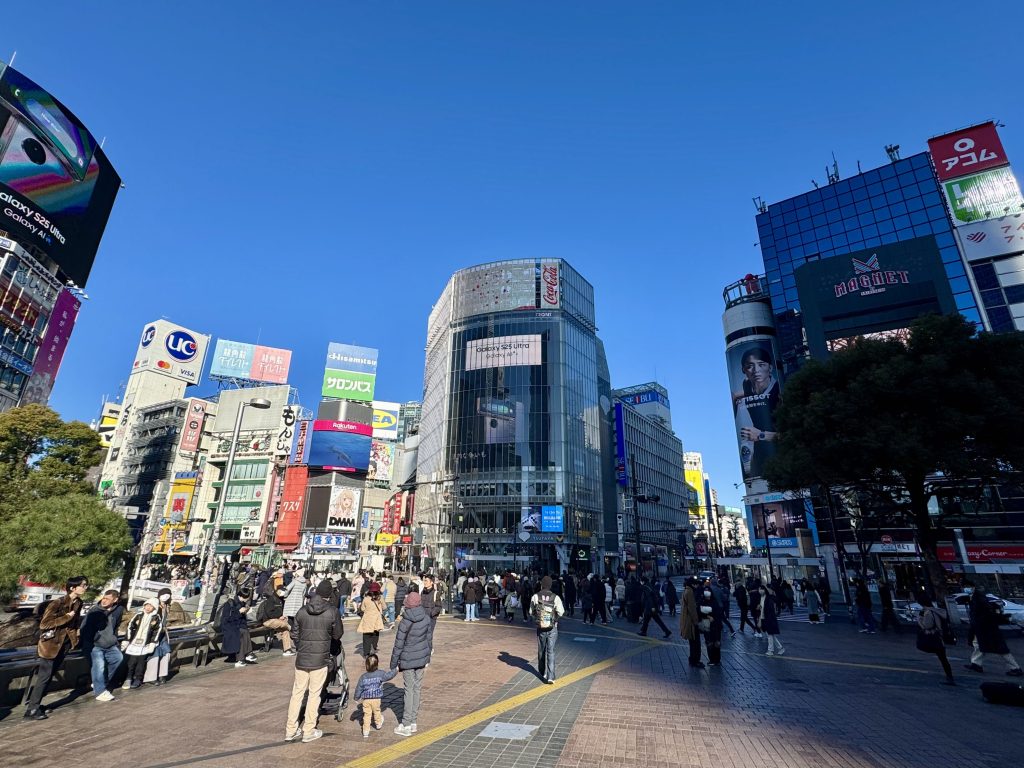
DAY 4
1st stop: Studio Ghibli Museum. If you are a Hayao Miyazaki fan, then visiting Studio Ghibli should top your list when in Tokyo. Admission to the museum is by online reservation, mostly one month prior to your visit, especially if you are coming outside of Japan. If you are in Japan, you can also purchase tickets at any Lawson store. You may check Ghibli Museum website for more information on ticket sales.
Like most museums, taking photos is not allowed inside Ghibli Museum. They have special exhibitions and original animated short films for the viewing pleasure of their visitors. I especially love their souvenir shop, pricey but you are sure of its quality.
Before heading to the museum, you might also want to pass by first at Inokashira Park in Mitaka, it’s just walking distance to the museum. Very nice and serene place especially in the morning.
Entrance Fee: JPY 1,000
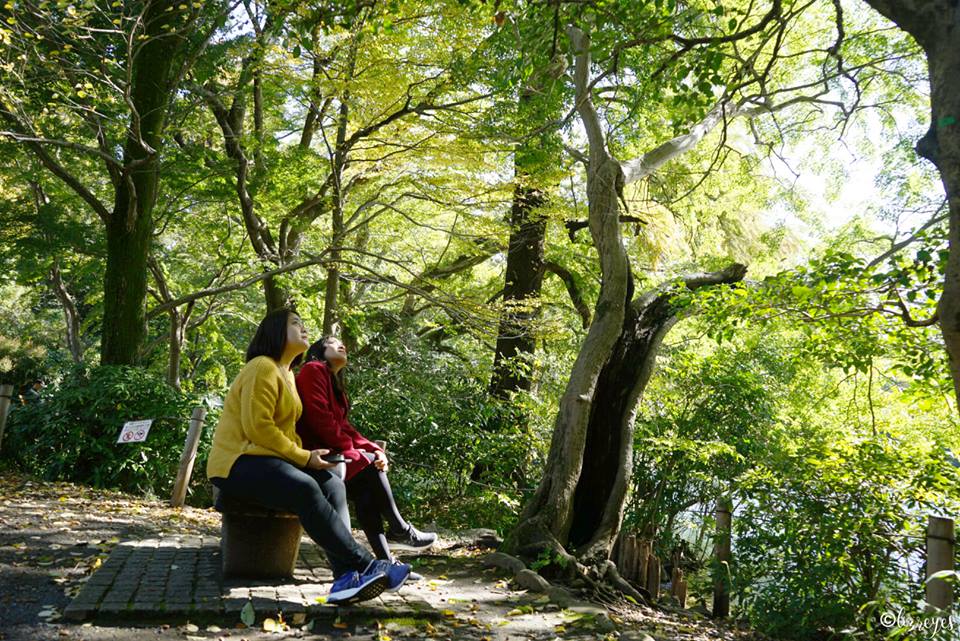
2nd stop: Shinjuku. If you love Skyscrapers and strolling in department stores, then Shinjuku is worth the visit! Shinjuku is home to many of Tokyo’s skyscrapers, department stores, and Shinjuku station is considered to be the world’s busiest railway station, handling more than 2,000,000 passengers every day.
The most iconic spot in Shinjuku is probably Godzilla’s head that can be found at the back of Gracery Hotel and roars every hour (haven’t heard it actually). Not really a fan of Shinjuku, maybe because I don’t like shopping in big department stores or not a big fan of skyscrapers, but Shinjuku Gyoen Park is a must visit especially during spring because of the abundance of Sakura trees.
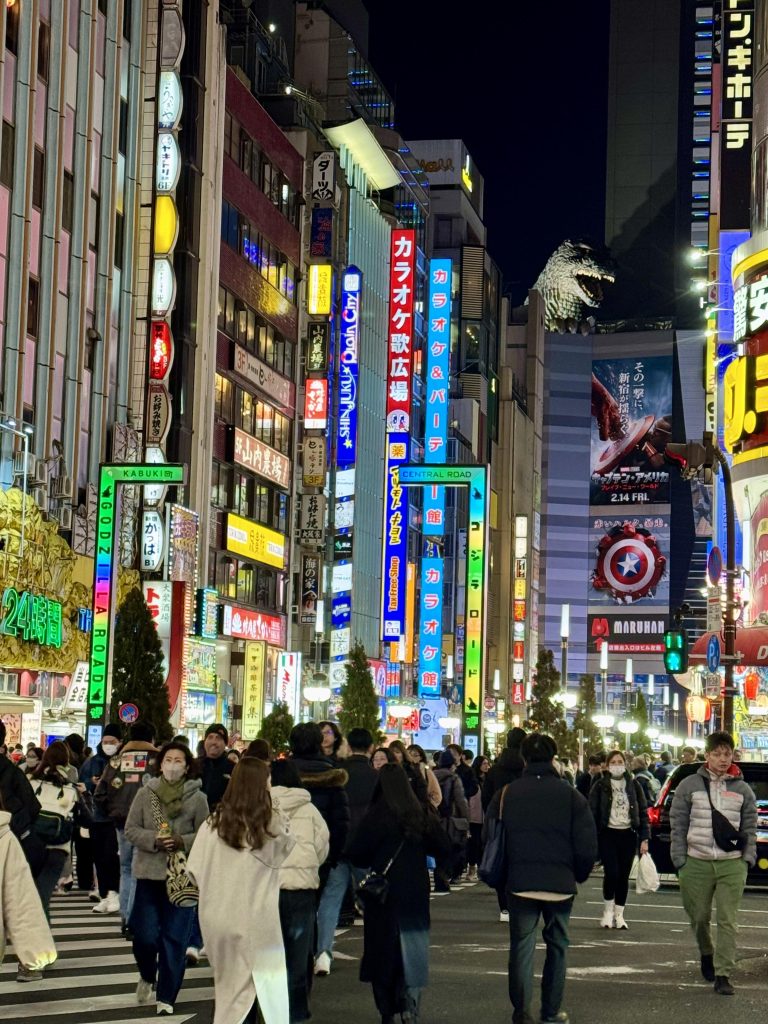
3rd stop: Shinjuku Golden Gai or Omoide Yokocho. Daring to try something new and well, very local? How about having a drink in one of Tokyo’s Yokocho alleys? Yokocho alleys are narrow alleys filled with bars that can only hold few customers (mostly less than 10). These are very popular in Japan, especially in Shinjuku.
These tiny eateries usually serve alcohols, yakitori, soba, ramen, sushi and kushiyaki. All these small restaurants have very local feel but they’re really expensive, especially their Yakitoris. Well at least in one of the eateries where we dined in.
DAY 5
1st stop: Akihabara. If you are into electronics or gaming, then you’ definitely go nuts in Akihabara. Akihabara is Japan’s center of otaku (diehard fan) culture and most of the shops there are mainly devoted for anime and manga so if you are into collecting anime figures, anime and the likes, make sure to allot extra time in this place/
There are also lots of anime-related establishments in Akihabara, some of those are the Maid Cafes (waitresses dress like maids or Anime characters), Gundam Café, Yodobashi Camera, and Tsukomo Robot Kingdom, among others.
The biggest Don Quijote in Tokyo can also be found in Akihabara.
2nd stop: Asakusa. Nakamise Street in Asakusa is a popular place to do your souvenir hunting. The 250 meters stretch offers a long line of stalls that sell local specialties and the usual souvenirs. At the end of Nakamise Street is the Sensoji Temple, one of the oldest and most popular temples in Tokyo.
Aside from Nakamise Shopping Street, you may also check out Shin-Nakamise Shopping Street and Kappabashi Shopping Street, where you can buy Japanese utensils, appliances, furniture, lanterns and uniforms.
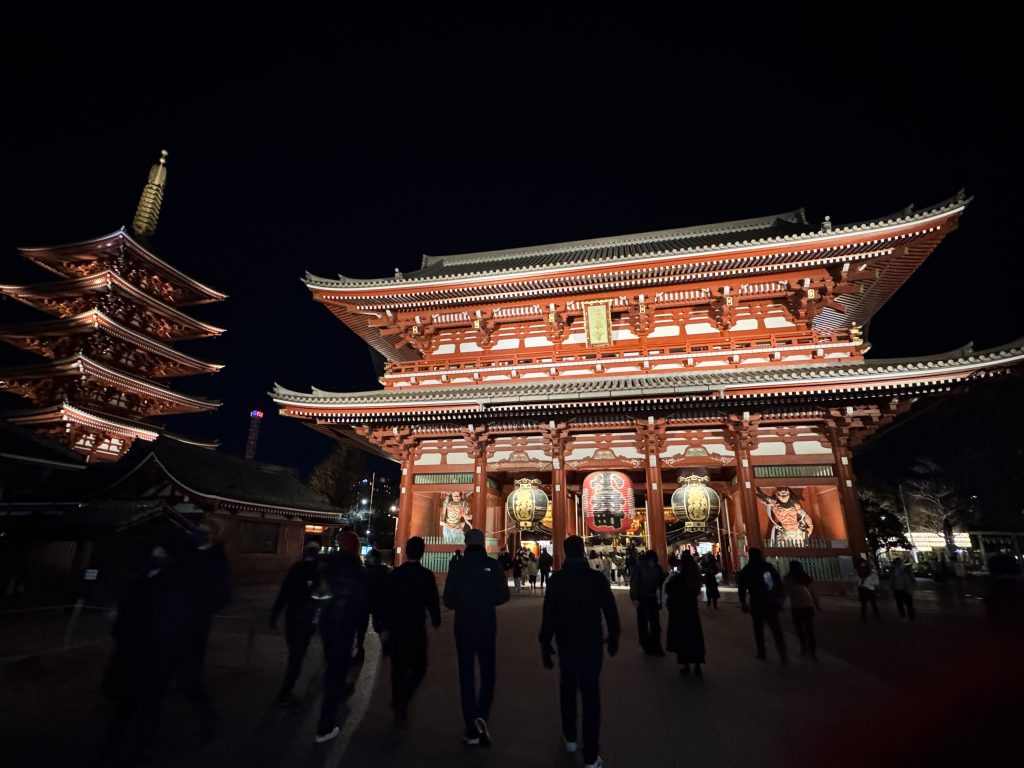
MUST TRY AND BUY IN TOKYO
Ramen. Need I say more?
Cosplay or wear a cute costume. Japan is the perfect place for you to be an anime even for just a day or an hour. Don’t worry, no passing of judgement because the Japanese are very used to seeing people wearing anime costumes. You can try being an anime for a day by going to Harajuku, especially during Sundays. If you are a little shy to don one, visit Japan during their Halloween celebrations, no excuse not to wear any costumes because you’ll really feel out of place and well, boring if you won’t join the fun.
Don Quijote. Best place to buy Japanese treats at an affordable price. Costumes, cosmetics and sometimes odd things can also be bought here. Don Quijote can be seen almost anywhere in Tokyo but the biggest branch is in Mega Donki in Shibuya.
Japan’s Vendo Machine. Anyone who has been to Japan instantly fell in love with their vendo machines. Who wouldn’t? They are lifesavers if you are feeling chilly (hot lemon drink, coffee, tea), thirsty (water, soda, juice), or hot (ice cream).
Tokyu Hands. If you love arts and crafts, you’ll never get enough of cute pens, washi tapes, notebooks, and cute stuff that Tokyu Hands has to offer.
